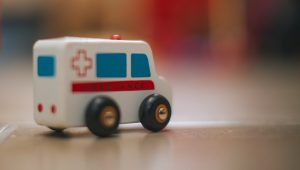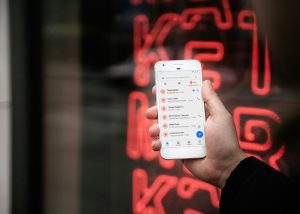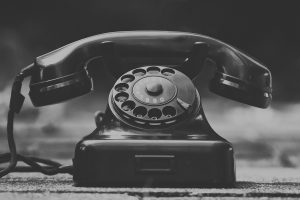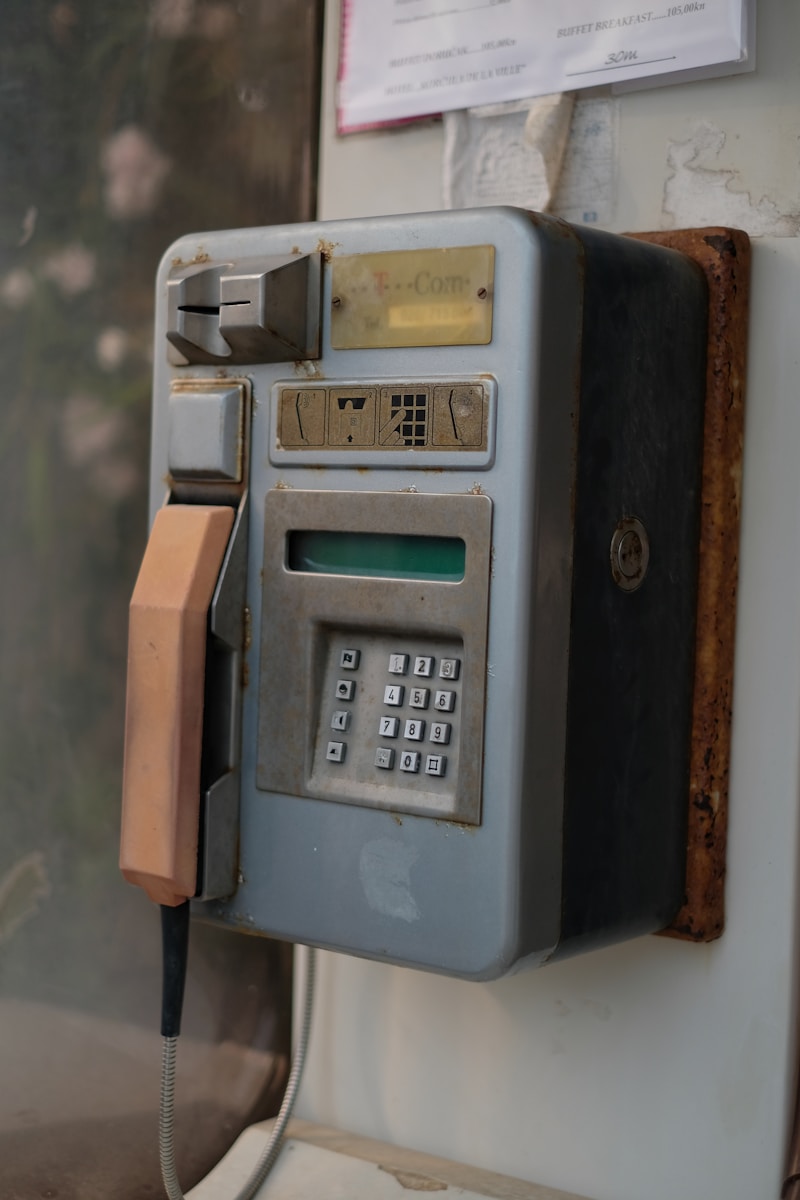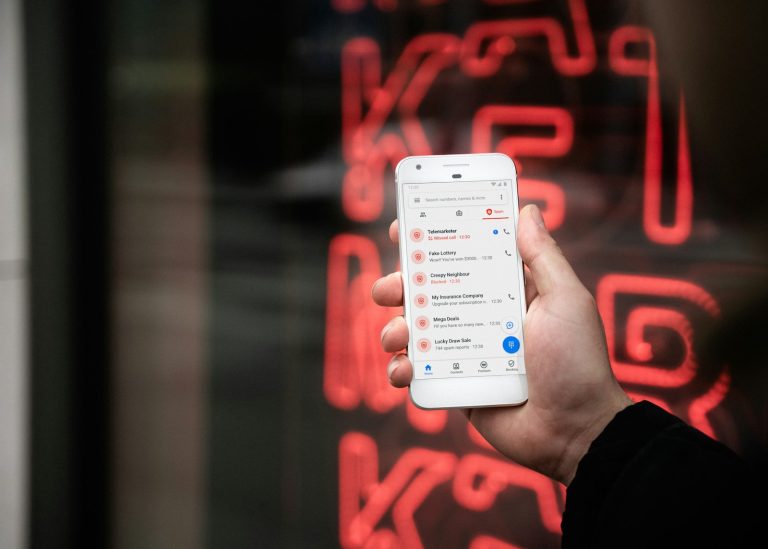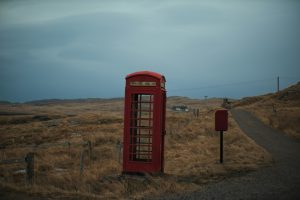Phone number area codes in the UK are essential for making calls across various regions. They help in pinpointing specific locations and ensure your call reaches the intended place. In this post, we will explore the system, types, and differences in UK phone number area codes, offering a thorough guide for both locals and people calling from abroad.
Overview of UK Area Codes
In the UK, a phone number is generally made up of an area code and a local number. The way you dial varies based on whether you are making a call locally or internationally.
When calling from anywhere within the UK, numbers are usually formatted as follows: it begins with a ‘0’ followed by either a three or four-digit area code. For example, a typical format might look like this: 0X0X0X-XXXX for a four-digit area code, or 0XX0XX0XX-XXXX for a three-digit area code.
If you’re calling the UK from another country, you drop the initial zero and add +44 before the area code. For instance, if you want to reach someone in London, you would dial +44 20 followed by their eight-digit local number.
Different Types of Area Codes
Area codes in the UK can be sorted based on how many digits they have:
- Three-Digit Codes (e.g., 02x): Mostly used in big cities like London (020), Cardiff (029), and Northern Ireland (028).
- Four-Digit Codes (e.g., 01xx): Commonly seen in places like Leeds (0113), Birmingham (0121), and Manchester (0161).
- Five-Digit Codes: These are rarer but do exist, starting at 01XXX.
Prominent Area Codes for Major Cities
Let’s look at some of the key area codes for major UK cities:
- London: 020
- Birmingham: 0121
- Manchester: 0161
- Leeds: 0113
- Liverpool: 0151
- Bristol: 0117
- Nottingham: 0115
- Sheffield: 0114
These cities are often major commercial centers or tourist spots, making their area codes very helpful to know.
Regional Differences in Area Codes
Area codes showcase regional characteristics itself in various places like England, Scotland, Wales, and Northern Ireland.
In England:
- South Coast: Southampton and Portsmouth share codes “0238” and “0239.”
- North East: For Newcastle, the area code is “01912.”
In Scotland:
- Glasgow’s area code is “0141,” and “0131” is used in Edinburgh.
In Wales:
- Cardiff uses the area code “029.”
In Northern Ireland:
- Belfast has several prefixes, ranging from “02890” to “02896.”
Understanding these regional differences can make it easier to communicate through the diverse geographical regions of Britain.
Dialing Correctly with Area Codes
Making Calls Within the UK
If you are calling within the UK:
- Start with a ‘0’, followed by the target area’s three or four-digit code.
- Lastly, enter the seven or eight-digit local number.
For example, if you want to call someone in London, you’d dial 020 12345678.
Making International Calls to the UK
To contact a UK landline from abroad:
- Begin with “+44”.
- Drop any leading zero before the area code.
- Then add their local number.
For WooCommerce, say +44 20 12345678 would be how you’d reach a person based there.
Doing so allows for smooth communication, no matter where you are in the world.
Final Thoughts
UK area codes are key to enabling effective communication, both domestically and with those abroad. Familiarizing yourself with the functions of these codes—including recognizing unique codes for different regions and formats for international calls—makes you adept at navigating your way through UK phone systems.
Whether you are calling a business in bustling cities like Manchester or connecting with a friend who lives by the coast near Aberdeen (with the code “01224”), understanding these area codes is important to ensure you stay connected throughout Great Britain.
